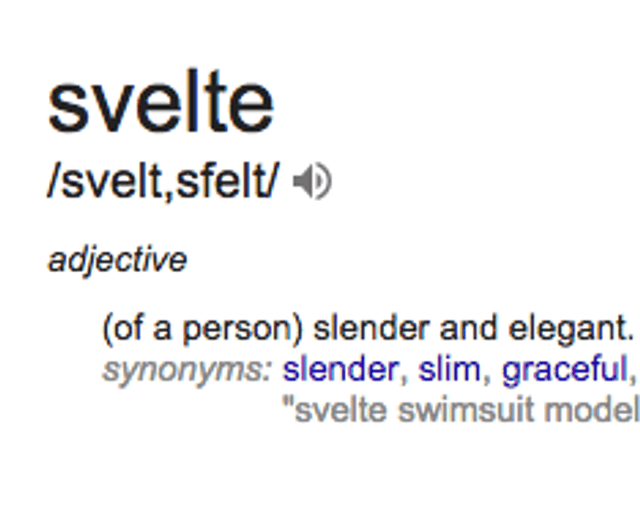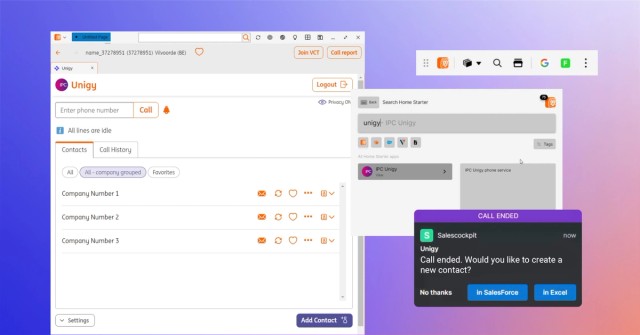September 22, 2014
Introducing the Svelte Client

When building a front end desktop application, one of the first decisions developers make is whether to build a thick client or a thin client. For those not familiar with the terminology, “thick” or “fat” client refers to a native, installed application. The languages most commonly used for this are Java, .NET or C++. A “thin” client typically refers to an application that runs in a web browser and is not installed. These are usually developed using HTML5, Flash or Silverlight.

What’s the reason for the terminology? With thick client applications, much or most of the application logic is in the front end application, resulting in more code and therefore a bigger download. With thin client applications, a significant amount of the computing is done on the server side, resulting in less code in the client.
The thick vs. thin choice usually boils down to an application’s requirements for user experience on the one hand and ease of installation and upgrade on the other. Thick clients provide great native experience but come with installation and upgrade overhead that is particularly problematic for enterprise users with locked-down desktops. Thin clients are easily accessible from a web browser but are limited in the user experience that they can provide because they are constrained by the web browser.
It is now possible to have the best of both worlds – great native user experience without the overhead of installation and upgrade. To do this, a developer builds the application using a thin client technology (preferably HTML5) and puts the application in a native wrapper or container such as OpenFin. This enables a light-weight deployment and extends the application’s capabilities beyond the constraints of a web browser. Some people call this a “hybrid” client. The problem with this terminology is that most people don’t know what it means. We think it would more accurately be called a “svelte” client (let’s see if that catches on).
Why “svelte”? The “thick” vs. “thin” distinction captures only the amount of code in the front end application and whether or not it is installed. “Hybrid” suggests a combination of the two but says nothing about the real value proposition. The svelte client is about a light-weight deployment together with amazing user experience(i.e. slender and elegant).
So the next time a developer is considering thick vs. thin, tell them there’s no need to compromise anymore. What they need is a svelte client. They’ll get what you mean.
Enjoyed this post? Share it!
Related Posts
All Posts ->
Featured
Enhanced Deployment Flexibility with OpenFin's Fallback Manifests
Thought Leadership

Featured
ING Integrates OpenFin for Salesforce to Optimize Workflows
Thought Leadership